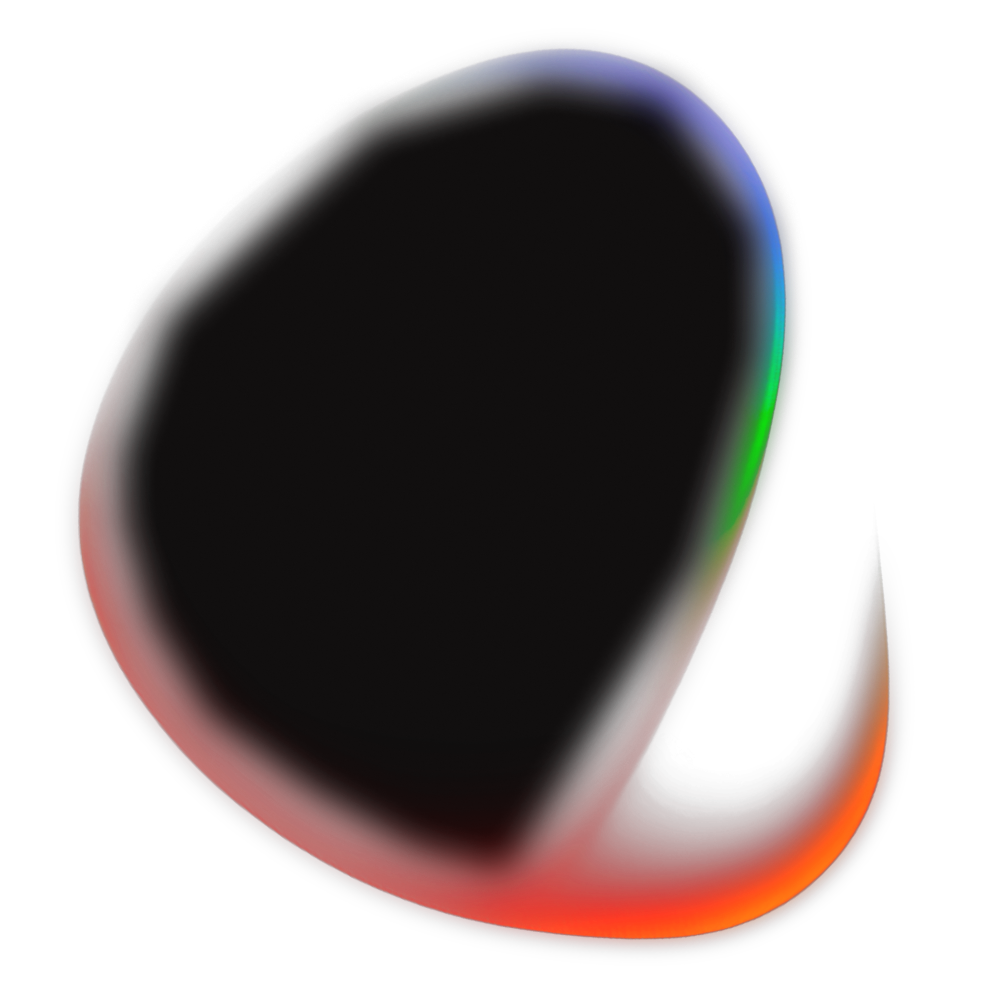
AI-Powered
AI Image

Enhance Your Effectiveness
Unlimited possibilities
Advanced Image Manipulation
AI technology has made it easier than ever to edit and transform images. From changing colors and backgrounds to adding or removing objects, AI-powered tools offer unparalleled versatility in visual editing. These capabilities have become essential for industries like film, advertising, and digital marketing, where quick and precise edits are crucial. However, this ease of manipulation also raises concerns about authenticity, as the same tools can be used to create misleading or deceptive visuals. Addressing these ethical concerns will be critical as AI editing tools become even more sophisticated.
Elevating Image Quality
AI image tools are also revolutionizing how we improve existing visuals. Through techniques like super-resolution and noise reduction, AI can enhance blurry, pixelated, or damaged images with remarkable precision. This capability is invaluable for professionals in photography, media, and historical preservation, as it allows them to restore old images or improve the clarity of new ones. With AI automating many traditionally time-consuming editing tasks, users can focus more on creativity and less on technical adjustments, achieving stunning results with minimal effort.
Transforming Visual Media with AI
AI image technology is redefining how we create, process, and interact with visual content. By leveraging powerful algorithms, it enables machines to perform tasks that once required human expertise, such as generating artwork, enhancing photo quality, or manipulating visuals. This technology has found applications across diverse industries, from entertainment and marketing to healthcare and education. As AI continues to evolve, its ability to revolutionize visual media becomes even more profound, offering endless possibilities for creativity and innovation.
The Road Ahead for AI Imaging
The future of AI image technology is brimming with potential. As it continues to advance, it will integrate seamlessly into everyday applications, such as personalized content creation and accessibility enhancements for individuals with disabilities. Researchers are exploring ways to make AI-generated visuals more intuitive, dynamic, and responsive to user needs. While challenges like ethical misuse and data biases remain, the continued development of AI imaging promises to revolutionize how we communicate, create, and experience the world visually, shaping a more innovative and inclusive future.
Creating Original Images
One of the standout capabilities of AI is its ability to generate entirely original images. Using advanced models like GANs (Generative Adversarial Networks), AI can produce visuals that appear astonishingly real, even if they’re entirely synthetic. Artists, designers, and filmmakers are embracing these tools to push creative boundaries, crafting lifelike environments, characters, and artwork. Beyond creative fields, this technology is also transforming advertising and virtual reality by enabling the rapid creation of unique, high-quality content tailored to specific needs.

